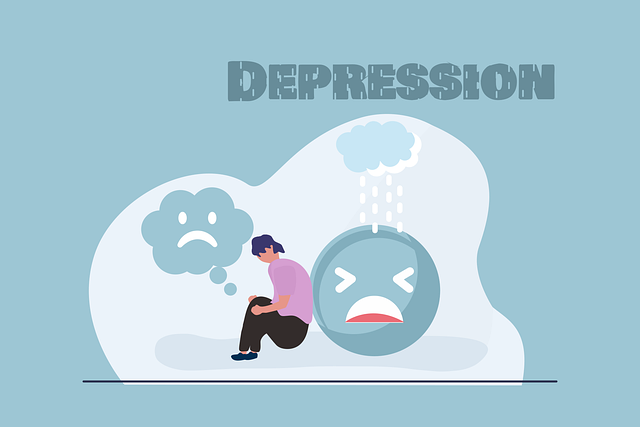Longevity—the length and quality of life—is influenced by a combination of genetic, environmental, and lifestyle factors. While genetics play a role in determining lifespan, research consistently shows that lifestyle choices are the primary drivers of longevity. However, men and women often face different health risks and societal expectations, which shape their behaviors and ultimately affect how long they live. Understanding these differences can help individuals make informed decisions to maximize their lifespan and well-being.
The Gender Gap in Lifespan
On average, women tend to live longer than men. Globally, the life expectancy gap between genders is approximately 4–7 years, with women typically outliving men. This disparity arises from biological, behavioral, and social factors:
- Biological Factors :
- Women have hormonal advantages, such as estrogen, which protects against heart disease until menopause.
- Men are more prone to certain conditions like cardiovascular disease at younger ages due to testosterone’s influence on risk-taking behavior and metabolic rates.
- Behavioral Differences :
- Men are more likely to engage in risky behaviors, such as smoking, excessive drinking, and dangerous activities.
- Women are generally more proactive about seeking medical care and adhering to preventive measures.
- Social Norms :
- Traditional gender roles often encourage men to suppress emotions and avoid discussing mental or physical health issues.
- Women may benefit from stronger social networks, which provide emotional support and reduce stress.
Despite these trends, lifestyle choices remain a powerful equalizer. Both men and women can significantly extend their lifespans by adopting healthier habits.
Key Lifestyle Choices That Affect Longevity
1. Diet and Nutrition
Poor dietary choices are a leading cause of chronic diseases, including obesity, diabetes, and heart disease. However, men and women often differ in their eating patterns:
- Men : Tend to consume more red meat, processed foods, and high-calorie meals, increasing the risk of heart disease and cancer.
- Women : Are more likely to follow restrictive diets or skip meals, which can lead to nutrient deficiencies and metabolic imbalances.
Impact on Longevity :
A balanced diet rich in whole grains, fruits, vegetables, lean proteins, and healthy fats supports overall health. The Mediterranean diet, for example, has been linked to reduced mortality rates and improved cognitive function in both sexes.
2. Physical Activity
Regular exercise is crucial for maintaining cardiovascular health, muscle strength, and mental well-being. Yet, participation in physical activity varies by gender:
- Men : More likely to engage in vigorous sports or weightlifting but may neglect flexibility and mobility exercises.
- Women : Often prioritize low-impact activities like yoga or walking but may not achieve sufficient intensity for optimal fitness.
Impact on Longevity :
Both moderate and vigorous physical activity lower the risk of chronic diseases and premature death. Strength training, in particular, helps combat age-related muscle loss (sarcopenia), which affects both men and women.
3. Smoking and Alcohol Consumption
Smoking and excessive alcohol use are major contributors to early mortality, though their prevalence differs between genders:
- Men : Have higher rates of smoking and binge drinking, increasing the risk of lung cancer, liver disease, and accidents.
- Women : Experience greater physiological sensitivity to alcohol, making them more vulnerable to its harmful effects even at lower consumption levels.
Impact on Longevity :
Quitting smoking adds an average of 10 years to life expectancy, while moderating alcohol intake reduces the risk of addiction, organ damage, and related illnesses.
4. Stress Management
Chronic stress accelerates aging and increases the likelihood of developing conditions like hypertension, depression, and immune dysfunction. Gender differences in coping mechanisms also play a role:
- Men : Often internalize stress and turn to unhealthy outlets like substance abuse or overworking.
- Women : May experience higher levels of caregiving responsibilities and workplace discrimination, contributing to chronic stress.
Impact on Longevity :
Practicing stress-reduction techniques—such as mindfulness, meditation, or therapy—can mitigate these effects and improve resilience in both men and women.
5. Preventive Healthcare
Access to and utilization of healthcare services vary significantly by gender:
- Men : Less likely to visit doctors regularly or undergo routine screenings, leading to delayed diagnoses of serious conditions like prostate cancer or heart disease.
- Women : More likely to seek preventive care but face unique challenges, such as reproductive health issues and hormonal changes during pregnancy or menopause.
Impact on Longevity :
Regular check-ups, vaccinations, and screenings enable early detection and treatment of diseases, extending lifespan for both genders.
6. Social Connections
Strong social ties are associated with better mental and physical health outcomes. Loneliness and isolation, conversely, increase the risk of premature death.
- Men : Often struggle to maintain close friendships as they age due to societal pressures emphasizing independence.
- Women : Typically build larger support networks but may experience caregiver burnout if relationships become one-sided.
Impact on Longevity :
Fostering meaningful connections through family, friends, or community involvement boosts happiness and reduces stress, benefiting both men and women.
Emerging Trends in Gender-Specific Health Risks
As societal norms evolve, new health challenges have emerged for both genders:
- For Men : Rising rates of sedentary lifestyles, obesity, and mental health disorders highlight the need for targeted interventions.
- For Women : Increased workforce participation has led to higher stress levels, while hormonal fluctuations post-menopause elevate risks of osteoporosis and heart disease.
Addressing these trends requires tailored approaches that account for biological and social differences.
Tips for Maximizing Longevity
Regardless of gender, everyone can take steps to enhance their longevity:
- Adopt a Balanced Diet : Focus on nutrient-dense foods and limit ultra-processed options.
- Stay Physically Active : Incorporate a mix of cardio, strength training, and flexibility exercises into your routine.
- Avoid Harmful Behaviors : Quit smoking, drink alcohol in moderation, and practice safe habits.
- Prioritize Mental Health : Seek professional help when needed and incorporate relaxation practices into daily life.
- Schedule Regular Check-Ups : Stay informed about your health status and address potential issues early.
- Nurture Relationships : Build and maintain supportive social networks to combat loneliness and stress.









